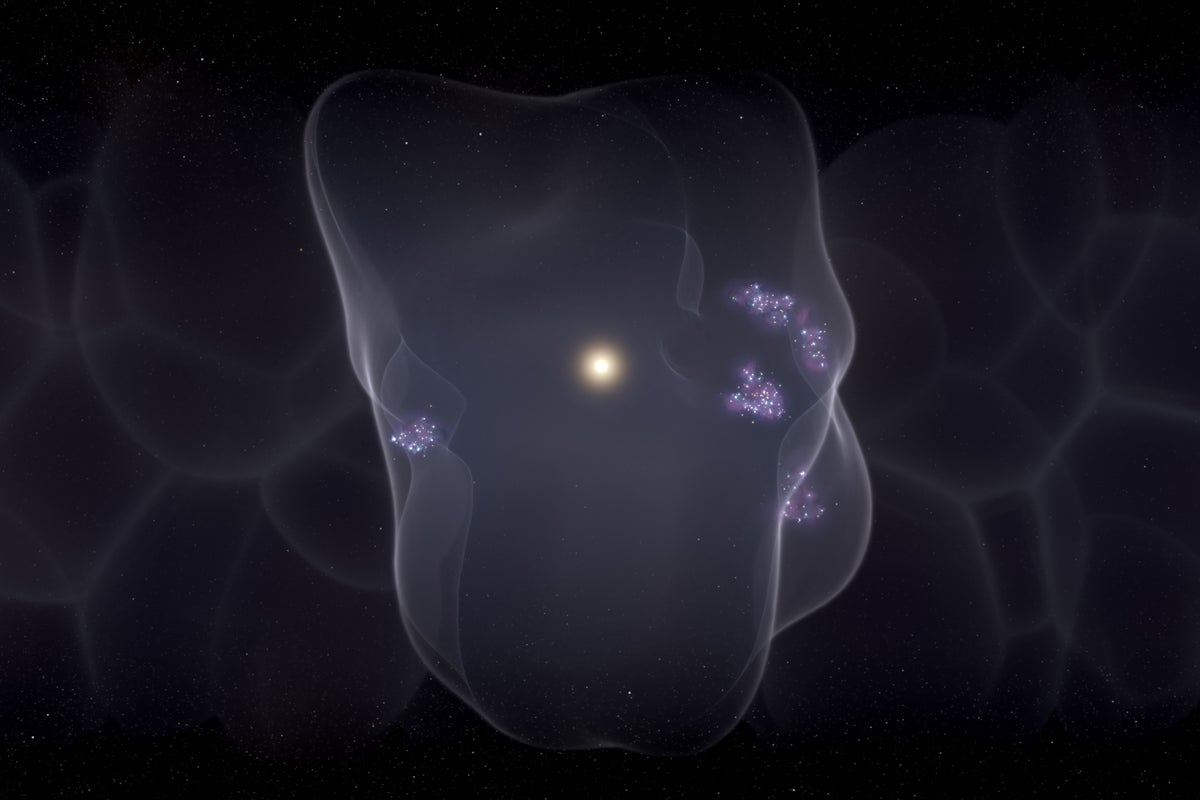
""The surprise discovery of a huge cloud of molecular gas just 300 light-years away opens up new ways to study the conditions that enable star birth.""
""Astronomers have pioneered an entirely new way of seeing the invisible using far-ultraviolet data from the Korean STSAT-1 satellite.""
A recently discovered crescent-shaped gas cloud, approximately 3,400 solar masses, lies just 300 light-years from Earth. This finding within the Local Bubble enhances our understanding of star formation conditions. While molecular hydrogen clouds are often hard to detect, researchers from Rutgers University and New York University used far-ultraviolet emissions to identify this cloud, marking the first time such a method has been applied in identifying molecular gas directly. This significant advancement could reshape our perception of molecular clouds and star birth processes.
Read at www.space.com
Unable to calculate read time
Collection
[
|
...
]